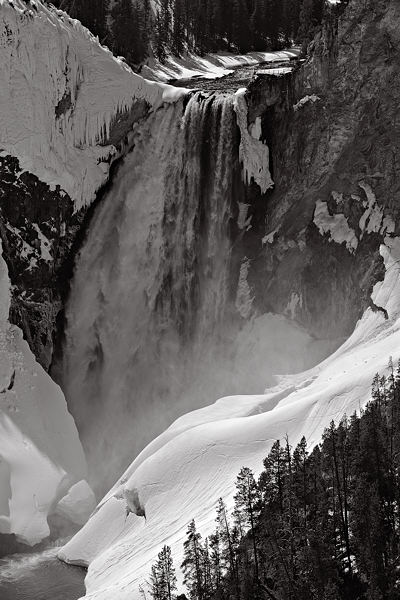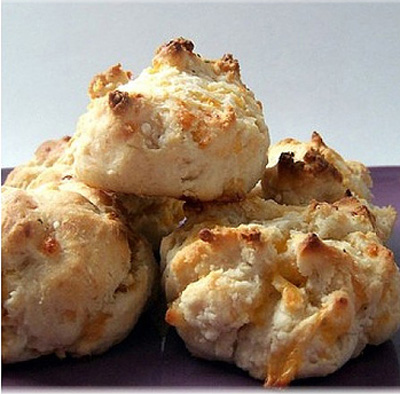Posted by Arthur Whitman on June 26th, 2007
My taste in art—especially painting and drawing, but also other mediums—tends towards the strange, the mutant, the science fictionesque. This isn’t because I hate nature, but rather because I feel that art should offer something else, a surrogate (as Jackson Pollock once famously said to Hans Hoffman, “I am nature”). This kind of stuff probably isn’t to everybody’s taste, but what the hell.
I’ve been interested in Nava Lubelski’s paintings for something like three years. They seemed a bit lightweight when I first discovered them at Boston’s OHT Gallery. They’ve grown on me since then and I think the pieces themselves have gotten less uneven. Her method is unusual. She stains and splatters her canvases with thin washes of ink and acrylic paint in different colors. She then hand-stitches thread (again in various colors), tracing the outlines of the stains and creating new patterns as well. Some her recent canvases even have holes in them; A Lie About Birds and Bees is an impressive example. The results are reminiscent of abstract expressionism, as well as the post ab-ex tradition of color field painting. They also evoke birds-eye views of landscape or snorkeling—favorite themes of mine. At their best, the canvases are fascinating, intricate things.
In her artist’s statement, Lubelski describes her process in terms foreign to those of the stereotypically masculine world of abstract expressionism. She describes her staining as “spoiling” and her stitching as “mending”. The pieces are meant to suggest a duality of accident or wildness versus care and precision. I’m not a woman, but I do find this approach congenial.
Lubelski is also the author of a book: The Starving Artist’s Way. I haven’t read it, but it appears to be a sort of bohemian do-it-yourself guide. Her website also features several drawings and mixed-media sculptures (my favorite).
Posted by Leslie Holt on June 20th, 2007
The “tradition” of using non-traditional materials and found materials in art goes back awhile – from Braques and Picasso’s collages to Duchamp’s urinal. By now we are accustomed to seeing everyday things in the museums or galleries For me, the use of non traditional or found materials has to transform that material so that it becomes something else than the novelty of the material itself. A couple of artists came to mind when thinking about this today. I recently discovered and artist named Il Lee.
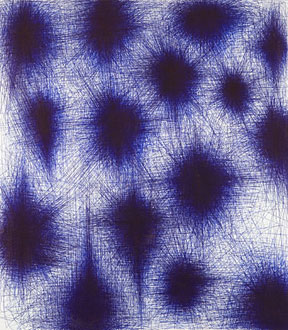
BL-069, 2006, Ballpoint pen on canvas, 48 x 42 inches more… »
Posted by Steve Durbin on June 19th, 2007
Posted by June Underwood on June 8th, 2007
In a small art group that Jer and I belong to, we were given a challenge: for the next meeting, we were each to create some form of art based on “biscuits.” That meeting will be next week. I have to make some art. Using “biscuits” I came up with an anagram: “is Cubist.” I will make a Cubist-style painting, containing biscuits.
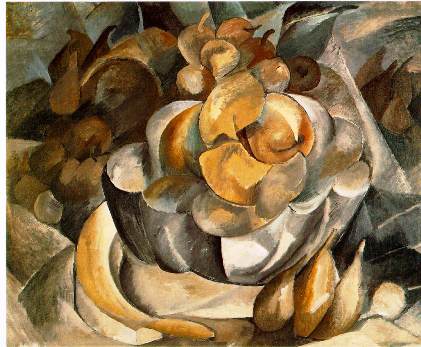
I thought the exercise would be simple. I would look at some Cubist works, get a couple books from the library and raid my bookshelves to see what others had to say, decide on motifs beyond the biscuits, and do a few sketches. Then, I would be ready to paint. more… »
Posted by Steve Durbin on May 29th, 2007
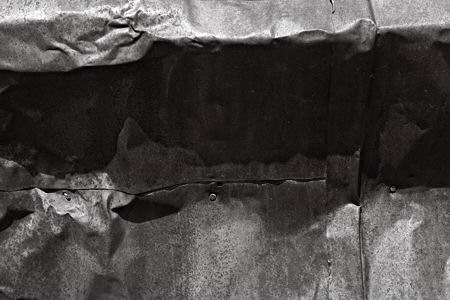
I revisited one of the places I like to photograph and came back with, among others, the image shown above. No, it was not the scene of junkyard treasure, and this is not the side of a beat-up old car. It’s actually from my ghost town site, and it’s the side of a beat-up old outhouse. I guess I took it because I tend to like abstracts like this. Though that’s probably not the whole story, because this is the only abstract I made in hours of photographing in a place loaded with weathered wood, ancient mining equipment, etc. Perhaps I was drawn to it through mysterious workings of my unconscious. If so, I discovered why the next day — but maybe you can guess it now?
more… »
Posted by June Underwood on April 27th, 2007
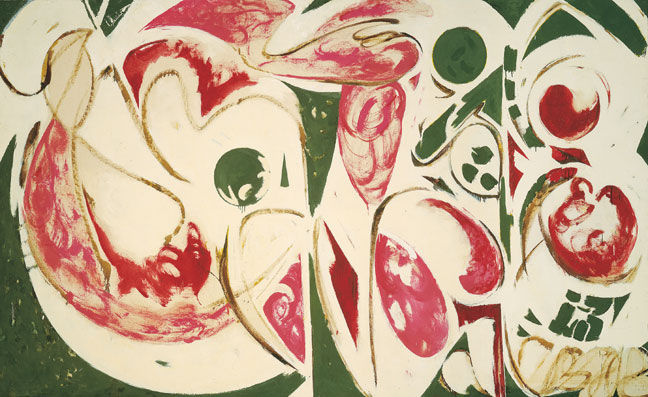
Lee Krasner, The Sun Woman II, 1958, 70 x 114 inches
I thought I’d begin my first official post with a confession.
I love abstract expressionist work. There’s very little of it that doesn’t give me enormous satisfaction.
Why do I love it? more… »
Posted by Richard Rothstein on April 15th, 2007

From today’s New York Times “Digital manipulation is just another tool. It’s less profound than the lens you use, or the angle. But in the end, photography is all about manipulation, and as it’s evolved, it’s become more manipulative in every way. I’ve never seen photography as a truthful medium. It’s about individual perceptions of reality, and that’s what people want to see.”
The Times examines the work of London photographer, Nick Knight. “When I’m producing a piece of work,” Knight says, “I’m looking for something I haven’t seen before, and once I’ve produced it, I’ll want to see something else.”
One of the world’s most successful fashion photographers, Knight lives in the digital world.
I realized that one of the most fascinating and potentially controversial and engaging aspects of digitally enhanced photography is that unlike any other visual art form before it, just about anyone with a computer can have at it. A great artist’s work (assuming you accept Knight as a great artist) becomes an interactive experience that can evolve, devolve and easily change according to the viewer’s own vision. Imagine a visual art form that is a photograph or creation that is the combined effort and vision of both the artist and the viewer(s). Warhol’s multiple images reimagined except the series is the work of the original artist digitally “enhanced” infinitely by his viewers. more… »

